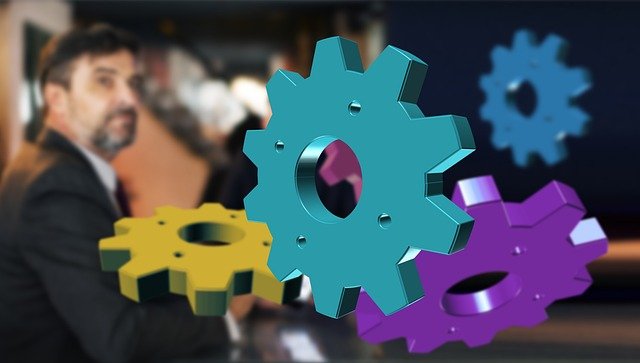Leveraging Biomimicry in Process Innovation
The intersection of nature and industry heralds a new era of operational excellence. Biomimicry, the practice of emulating nature's time-tested patterns and strategies, is revolutionizing process innovation across sectors. This approach not only enhances efficiency but also fosters sustainability, offering businesses a competitive edge in an increasingly eco-conscious market.

Reimagining Manufacturing through Biological Lenses
In manufacturing, biomimicry is catalyzing a paradigm shift. Take, for instance, the production of ceramics. Traditional methods often involve energy-intensive kiln firing at extremely high temperatures. However, by studying how mollusks create their shells at ambient temperatures, researchers have developed new processes for creating tough, durable materials without excessive heat. This not only reduces energy consumption but also opens up possibilities for new material properties and applications.
Optimizing Logistics with Swarm Intelligence
The complexity of modern supply chains presents a significant challenge for businesses. Enter swarm intelligence—a concept derived from the collective behavior of social insects like ants and bees. By applying algorithms inspired by how these creatures efficiently find food and communicate, companies are optimizing route planning, warehouse organization, and inventory management. This biomimetic approach results in more adaptive, resilient, and efficient logistics networks capable of responding dynamically to changing conditions.
Waste Reduction through Closed-Loop Systems
Nature operates in closed loops where waste from one process becomes food for another. Industries are now adopting this circular approach to resource management. For example, some food processing plants are implementing systems inspired by how ecosystems recycle nutrients. Waste products from one production line become inputs for another, creating a web of interconnected processes that maximize resource utilization and minimize waste output.
Energy Efficiency Inspired by Photosynthesis
The quest for clean, efficient energy sources has led researchers to one of nature’s most remarkable processes: photosynthesis. By studying how plants convert sunlight into energy, scientists are developing new solar cell technologies that promise higher efficiency and lower costs. These bio-inspired solar panels could revolutionize industrial energy consumption, providing a sustainable power source for manufacturing facilities and reducing dependence on fossil fuels.
Actionable Insights for Implementing Biomimicry in Business
• Conduct a “bio-audit” of your operations to identify areas where natural processes could inspire improvements
• Collaborate with biologists and environmental scientists to gain deeper insights into relevant natural systems
• Invest in R&D that focuses on translating biological principles into practical industrial applications
• Encourage cross-disciplinary thinking among your teams, combining expertise in biology, engineering, and business
• Develop metrics to measure the impact of biomimetic innovations on efficiency, sustainability, and cost-effectiveness
As industries continue to grapple with the dual challenges of efficiency and sustainability, biomimicry offers a promising path forward. By tapping into nature’s 3.8 billion years of R&D, businesses can unlock innovative solutions that are not only highly effective but also inherently sustainable. The key lies in fostering a culture of curiosity and interdisciplinary collaboration, where the wisdom of the natural world can inform and inspire the next generation of industrial processes. As we face an uncertain future, perhaps the answers we seek have been around us all along, waiting to be discovered in the elegant designs of nature.





